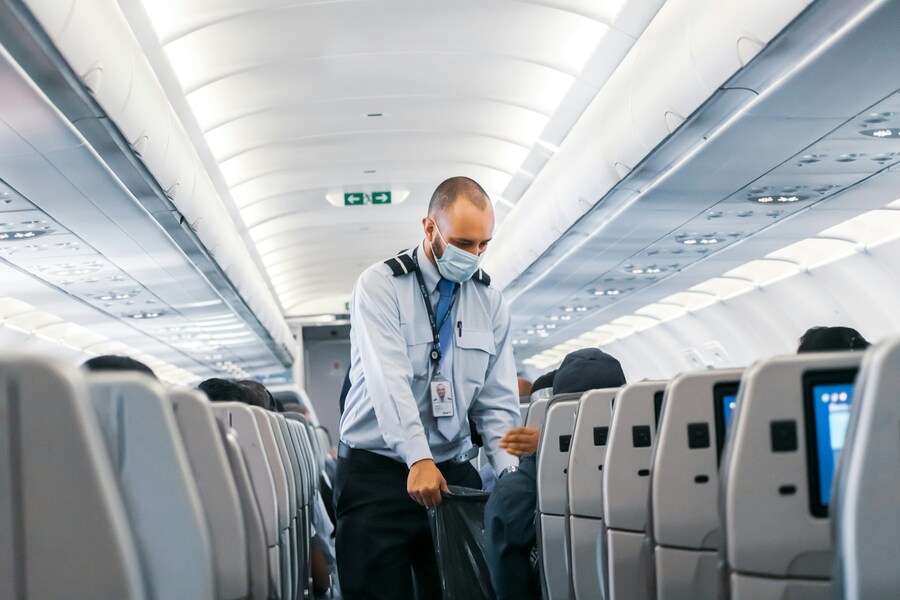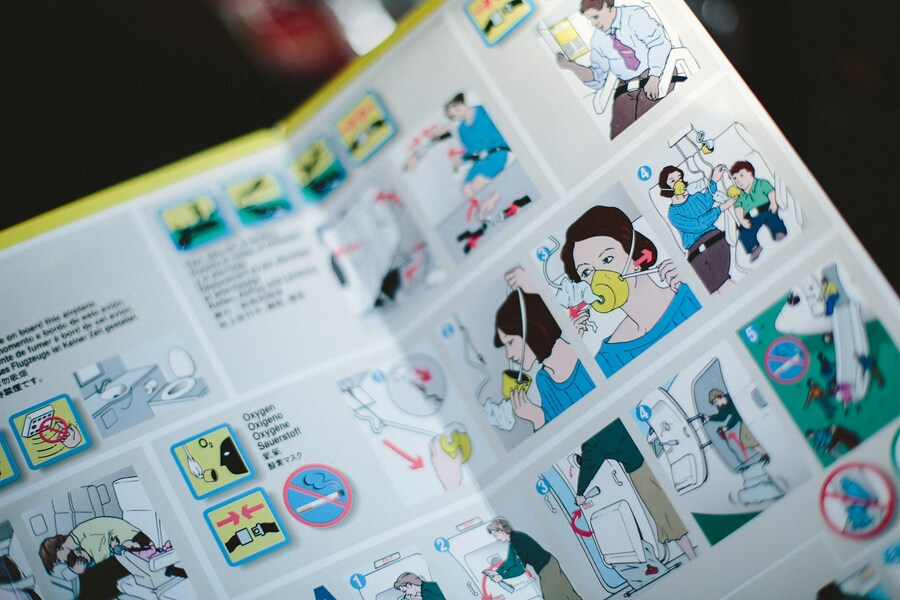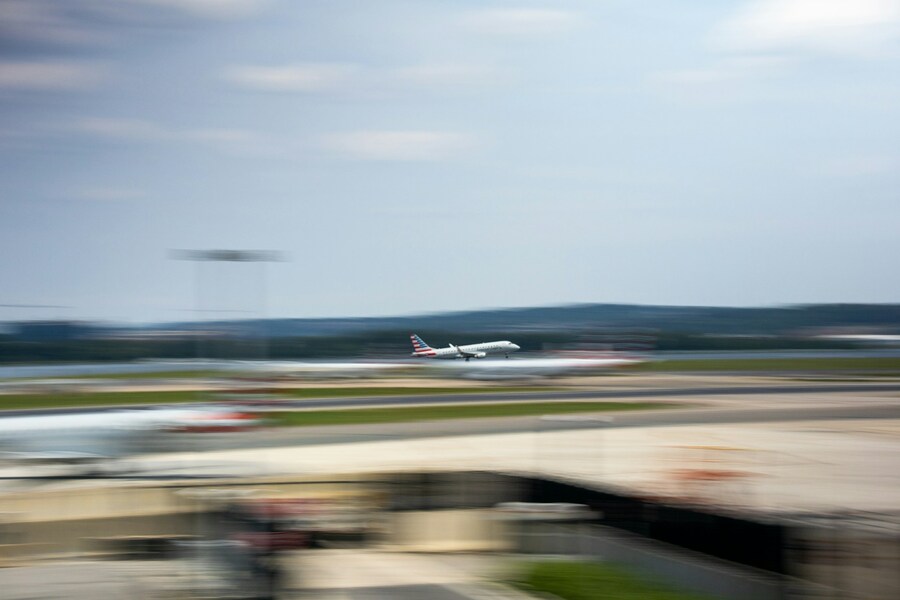Before setting off on a flight, have you ever pondered the reasoning behind the common practice of boarding an airplane from the left side? For those who travel frequently, this routine may have become so habitual that it seldom elicits further consideration. However, if your curiosity has been aroused, settle in, unwind, and let's explore the intriguing history behind the standard airplane boarding procedure!
Doors, docking, and design: why do airplanes board from the left?

Source: Lukas Souza/Unsplash
Safety comes first
The primary focus when it comes to commercial flying is ensuring the safety of passengers. The bustling aprons of airports are a hive of activity, with workers donning their high-visibility uniforms, official lanyards, and headsets. To prevent any unexpected collisions or potential injuries, this area of the airport is largely off-limits to the general public, except in the case of smaller airports where passengers board the plane directly from the air stairs on the tarmac. However, at most larger airports, the use of jetways (also known as air bridges) allows passengers to embark and disembark the aircraft without having to walk across the tarmac.
A logistical challenge
It takes a lot of preparation to get a commercial plane ready for takeoff. A team of cleaners has to make sure the cabin is tidy and disinfected, baggage handlers are responsible for handling the passengers' luggage, and the aircraft needs to be refueled before it can continue on its journey. Specialized trucks are used to load the catering supplies through the service doors. To ensure these operations run as efficiently and seamlessly as possible, it's best to keep them separate from the area where passengers board the aircraft. So while you'll usually be greeted by the cabin crew on the left side of the plane, the logistical side of things is almost always handled on the right.
Diverse aircraft designs
On many commercial aircraft like the Boeing 737 or the Embraer E-jet family, the doors on opposite sides of the plane actually have different dimensions. For example, on an Embraer E-175 jet, the front passenger door is quite tall, measuring 5 feet, 11.6 inches, while the service door on the other side is significantly shorter, at only 4 feet, 5.1 inches. The widths also vary, with the passenger door opening being 2 feet, 5.5 inches wide, and the other door measuring 3 feet, 1 inch across. These doors have been designed for specific purposes, and they can't be used interchangeably, except in an emergency situation.

Source: Calle Macarone/Unsplash
Learning from sailing customs
Airplanes came into existence long after boats had already been ferrying people around the globe. It's therefore unsurprising that they adopted some of the terminology used in seafaring, such as cockpit, bulkhead, rudder, and so on. Much like airplanes, ships also have a port side and a starboard side. The port side was typically the one closest to the dock where passengers embarked, as the starboard side traditionally housed the steering oars used to control the vessel. Naturally, this same practice was adopted by the aviation industry.
The historical basis for left-side boarding
In the early days of commercial aviation, aircraft would typically park parallel to the terminal building, with the captain, seated on the left side of the cockpit, having an easier time judging the gap between the plane and the structure. This arrangement ensured adequate wing clearance and proper alignment of the doors. However, as the number of flights handled by each airport grew, it became more efficient to reposition the jetways, allowing the planes to park perpendicular to the terminal instead. With limited space being a common issue, it was also logical to streamline operations by having each plane park in the same manner.
Certain smaller planes may differ
In the present-day, a consistent method for boarding on the left side hasn't yet been completely achieved, even in the 21st century. On short flights between small, sometimes remote airports, you might find yourself boarding from the right-hand side of the compact aircraft that service these routes, as other modes of transportation are unavailable or the demand is insufficient to make flying a larger plane economically feasible. If you find yourself in this situation, be sure to take note, as it's an exceptionally rare occurrence.
Park and fly with ease: discover affordable options with ParkingNearAirports.io!

Source: Austin Rucker/Unsplash
No matter your travel plans, from long-haul adventures to quick getaways, finding convenient and affordable parking near the airport is key! Thankfully, our smart booking platform, ParkingNearAirports.io, offers cheap parking near Phoenix Airport solution for all your travel needs. Pre-book your spot and free yourself up to focus on finding the best San Diego airport valet parking options (if that's your destination) or exploring the best airport parking prices for your budget. With a pre-booked parking spot, you can maximize your time at your destination, whether it's a quick hop to a nearby city or a thrilling adventure halfway across the world. Enjoy!






